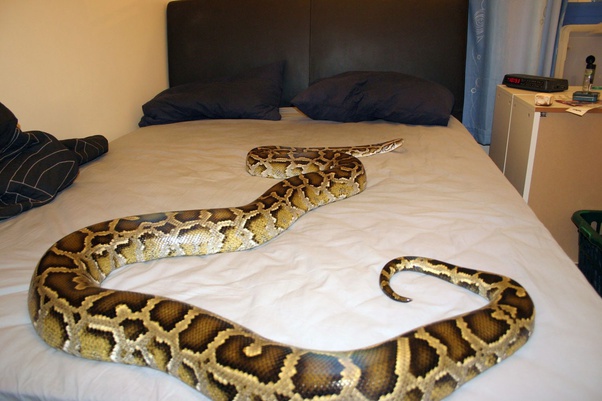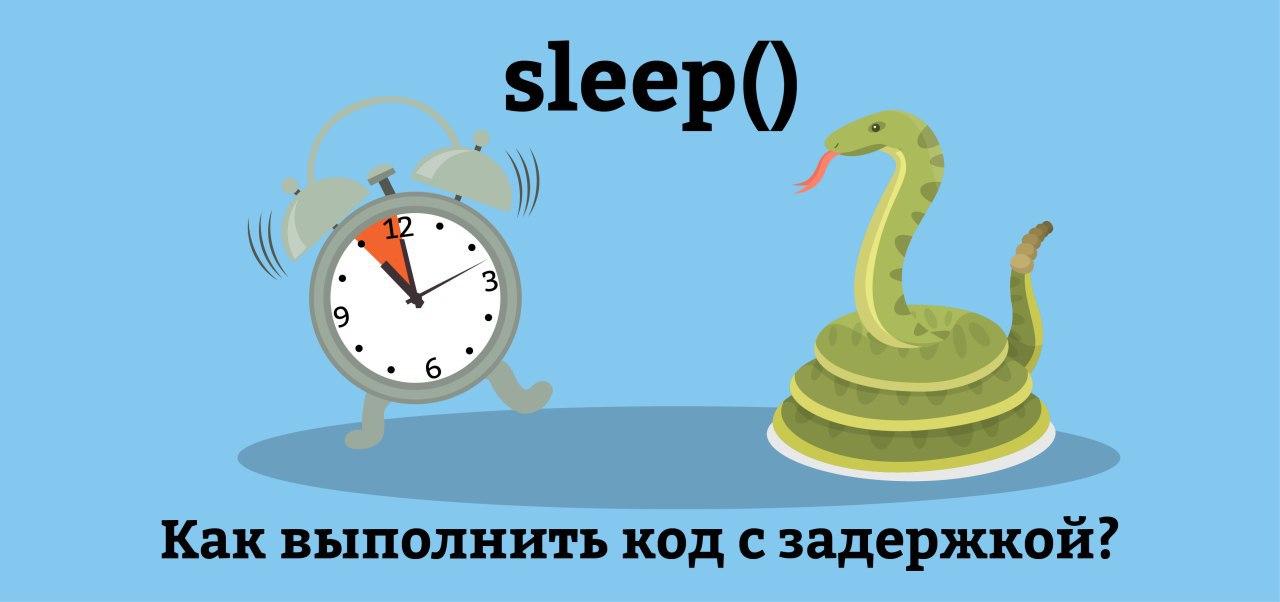
Remember that snakes that are preparing to shed or have eaten in the past few days will sleep much longer than usual. You will learn over time what your snake’s schedule is. This could be early morning or late evening.

Keep handling sessions to hours when your snake is awake. Try to move slowly and return the snake to the enclosure if you can. You should still be careful that you do not startle it awake. This means that your snake trusts you not to hurt it while it is vulnerable. One interesting fact about ball pythons is that some owners report that their snake may fall asleep during handling sessions. Take the time to learn your snake’s body language and try not to handle it if it seems tense or if it was asleep. You will also possibly lose some of your snake’s trust. If you touch it while it is asleep or still waking up, you may startle it. You should never try to put your hand on a snake before it is fully awake. If you do not see it moving before you open the enclosure, it may be asleep. You may also notice your snake seems grumpy if you woke it up.īe careful if you want to handle your snake during its normal sleeping hours. This startle response will also be more dramatic if you woke your snake up.


If you move the hide, a snake that was awake will look at you.Ī snake that was asleep may have a delayed startle response. If the snake notices you reach in, it may peek out to see what you are up to. If your ball python is awake, it will react when you open the enclosure or move things in the enclosure. It can be hard to see since most snakes will prefer to sleep in their hide. You may be able to see their belly scales more easily. Most owners note that sleeping ball pythons will also sleep slightly on their sides. They will react to movement or loud sounds in their environment. Ball pythons are very curious animals, so if they are awake they will be looking around. A sleeping snake will not flick its tongue out. If you pay attention, you will see your snake relax more fully when it is asleep. The most obvious sign is a lack of movement. Since snakes lack eyelids, it may be hard to notice when your snake is asleep. Once the snake sheds, it resumes normal sleeping patterns. Most owners note that this seems to happen when the snake seems to be uncomfortable from the shedding. Some snakes may sleep out of their hide more often and may change their typical sleeping position. One thing to note is that snakes in shed will change up their habits. A night vision camera can help give you an idea of what your snake gets up to during its active hours. You may not see it, since they prefer the cover of darkness.

Most will have a set time when they will wake up and be active. Babies and juveniles can vary, but adults will typically have a schedule. This allows them to pick a good spot to wait for prey to wander by.Įach snake will have its own schedule. While ball pythons are ambush hunters, they do still search out signs of their prey. Hungry snakes or snakes that are ready for the breeding season will be more active. Most ball pythons will wake up once the lights go out and spend some time exploring. They may also peek out to get a drink before going back to sleep. You may see them switch to the hide on the other side of the enclosure to help thermoregulate. Most ball pythons will sleep during the day in their hide. You can expect that your snake may sleep for up to 20 hours a day. Snakes that have eaten recently will sleep more, and snakes that are shedding will also sleep for most of the process. Your snake will be most active for a few hours at night. Read our Ball Python Care Sheet (Complete Setup & Guide)īall pythons are the most active at night, so you will see your ball python sleep during the day. Everything you need to know about caring for Ball Pythons in captivity:


 0 kommentar(er)
0 kommentar(er)
